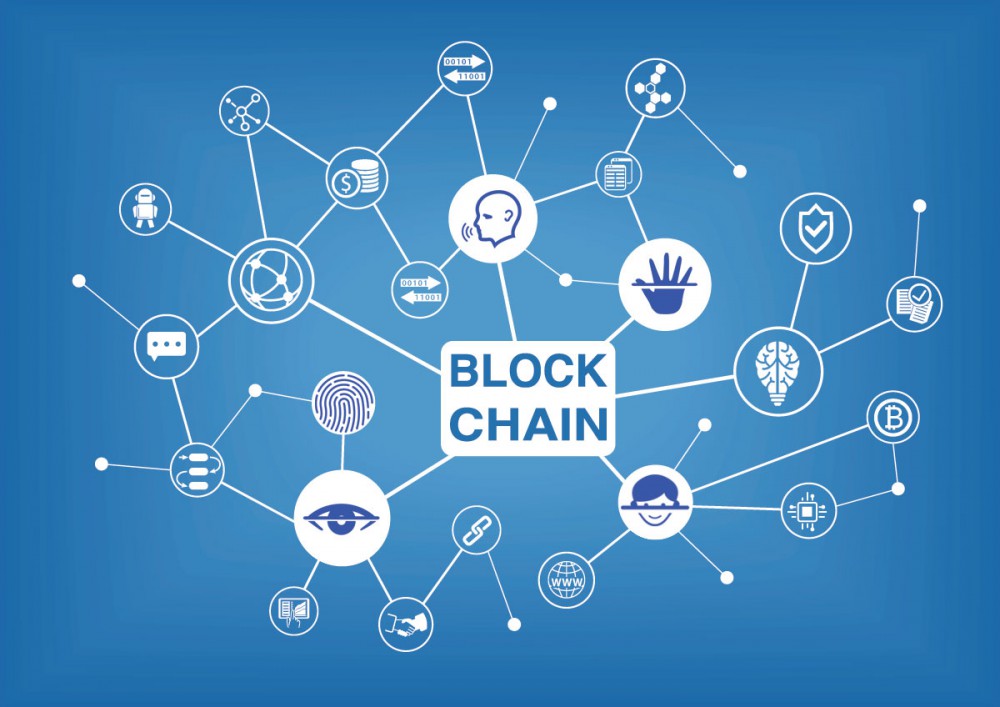
Ethereum is known to be a reliable, decentralized network that supports smart contracts coded using a programming language that many Web3 developers understand. It also hosts several successful decentralized finance (DeFi) projects.
However, the network is expensive and considerably slow. It is likely to remain so until various upgrades intended to speed things up are implemented in the next few years or unless users decide to migrate to other blockchains like Avalanche, Solana, or Fantom.
As Ethereum users wait for the upgrades, they can use scaling solutions. But what are they? These are networks that sit on top of the base layer of the underlying blockchain, like Ethereum and are designed to offer fast transactions.
Arbitrum is one of the many scaling solutions. The network has become popular among Ethereum users, enabling them to complete transactions quickly and cheaply.
Arbitrum launched its ARB token on March 23, 2023, which will allow holders to vote on proposals related to the network. The token launch was a step closer to Arbitrum’s most anticipated transition to a decentralized autonomous organization (DAO).
Arbitrum is quick to use and relatively cheap. While Ethereum can only handle about 15 transactions per second (TPS), the Arbitrum TPS rate stands at 40,000. In addition, users spend several dollars to process transactions on Ethereum, while on Arbitrum, it costs around two cents.
Ethereum Virtual Machine is also supported on Arbitrum. Meaning DeFi developers on Ethereum can integrate their projects with this scaling solution without needing to make any adjustments.
Offchain Labs is the company behind Arbitrum. In 2021, the developer managed to raise over $125 million in a Series B funding round.
How Does Arbitrum Work?
To process transactions through Arbitrum, users are required to place them into the network’s ‘inbox.’ After that, Abritrum will process them and produce a transaction receipt.
At the moment, Arbtrium adopts the optimistic rollup method to process Ethereum transactions. The network settles those transactions on a sidechain and then sends them back to Ethereum.
Let’s break that down.
What is an Optimistic Rollup?
A rollup is a technique used to compress blockchain transactions. That is, it ‘rolls up’ several batches of transactions into one. Combining multiple transactions together and processing them as a single transaction can save a lot of time.
The optimistic rollup enables fast processing of transactions as it assumes all transactions ‘rolled up’ are valid. However, a validator can use the dispute resolution mechanism to contest transactions in case they suspect fraudulent behavior.
Arbitrum settles its optimistic rollups on a sidechain. But what’s a sidechain? In simple terms, a sidechain is a blockchain connected to a mainnet like Ethereum. After settling the transactions, Arbitrum sends the data to the Ethereum ledger.
The scaling solution says that validators must first approve all transactions before it confirms them.
As of March 2023, several DeFi protocols have integrated Arbitrum. They include Curve, Abracadabra, and SushiSwap. Data from DefiLllama indicate that Arbitrum has a total value locked (TVL) of $2 billion, with decentralized exchange SushiSwap accounting for 30% of the figure.
How to Use Arbitrum
Crypto users can use Arbitrum via the network’s token bridge or on decentralized apps like 1inch, Gnosis Safe, and Aave. In regard to the token bridge, users can deposit their crypto to the Arbitrum network once they connect their Web3 wallet.



